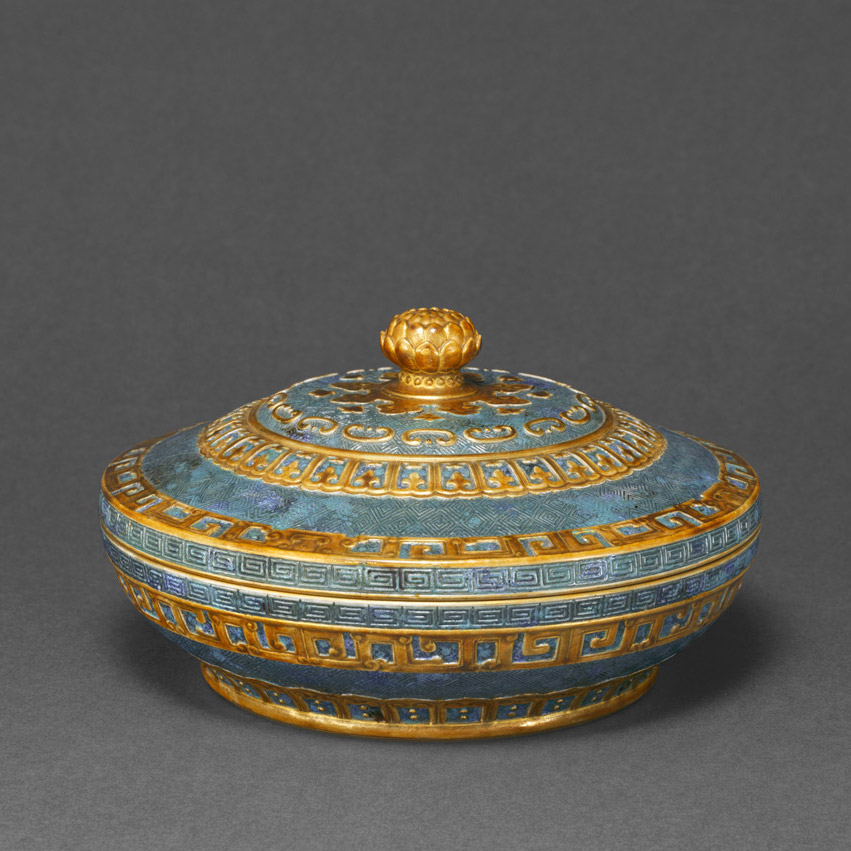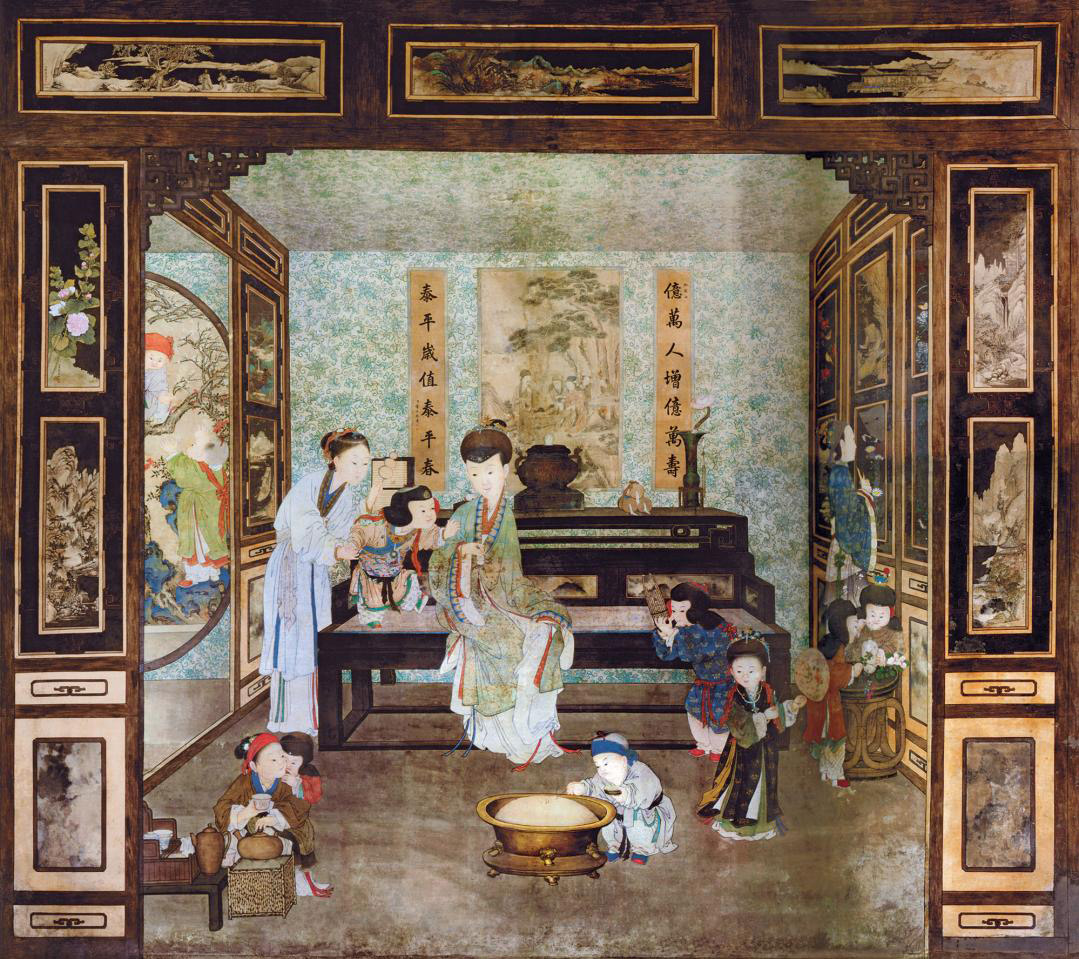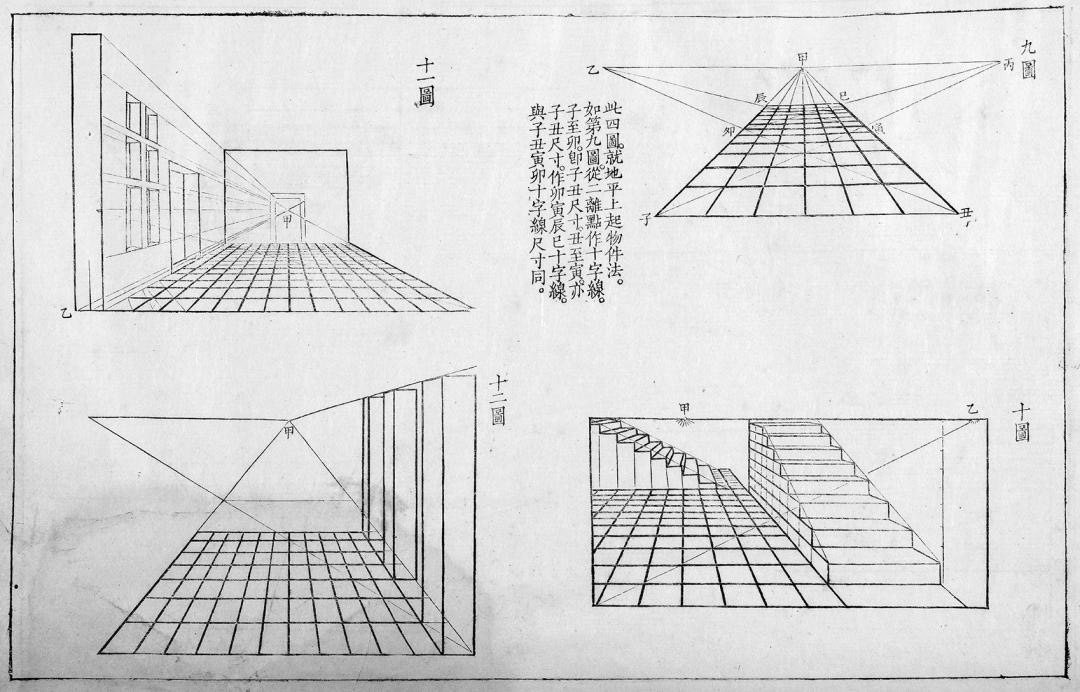
Covered Box
18th century, Jingdezhen ware, Jiangxi province, Porcelain with turquoise glaze and gilt, China, Qing dynasty (1644–1911), Qianlong reign mark and period (1736–95), 73.5

18th century, Jingdezhen ware, Jiangxi province, Porcelain with turquoise glaze and gilt, China, Qing dynasty (1644–1911), Qianlong reign mark and period (1736–95), 73.5

